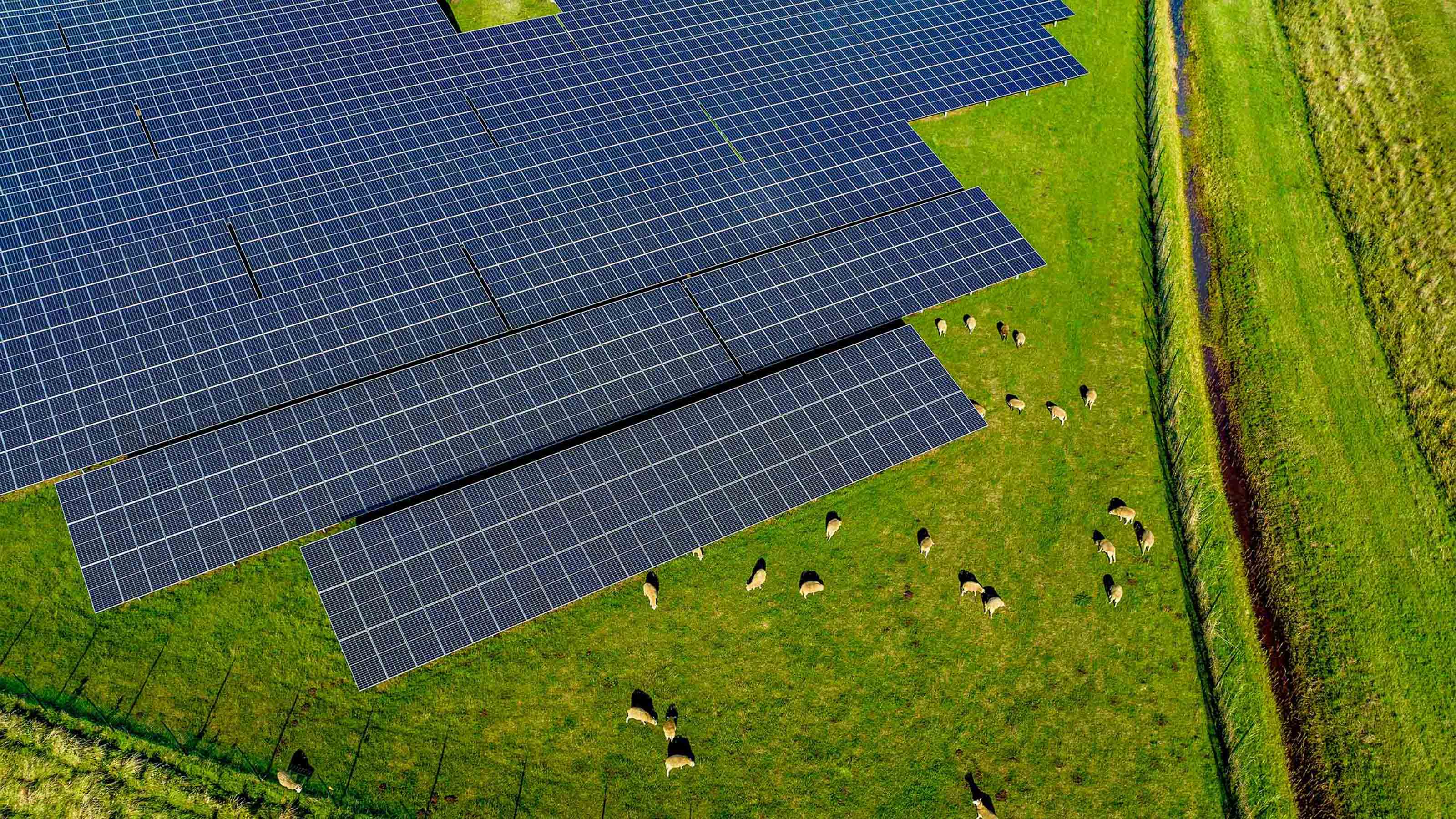Cultivating sustainable agriculture and energy
Master of Renewable Energy student Juan Cabrera Pirela is leveraging his electrical engineering background to pioneer agrivoltaics in Aotearoa New Zealand.

Agrivoltaics make use of land for both energy production and agriculture, and Juan’s research could contribute to the country's transition to more renewable resources to meet the target of net zero greenhouse gas emissions by 2050.

“Solar energy is crucial, given our abundant solar resources. However, installing all the necessary panels requires significant land. Agrivoltaics offer a solution by allowing us to use agricultural land for solar arrays [groups of solar panels], benefiting both energy and agricultural production,” says Juan.
“Approximately 40 percent of Aotearoa’s land is dedicated to agriculture. This extensive use of land for farming presents a unique opportunity for agrivoltaics, where we can simultaneously harness solar energy and support agricultural productivity. By integrating solar arrays into agricultural lands, we can create benefits for both energy generation and farming operations.”
Through his research, Juan has gained insights into the potential of agrivoltaics across various agricultural sectors—highlighting the benefits for kiwifruit orchards, apple farms, tomato farms, and vineyards, showcasing how these systems can enhance water efficiency, protect crops from extreme weather, and even improve grape quality.
"Imagine powering precision irrigation systems with solar energy generated right above the crops. Agrivoltaics are not just about producing clean energy, but about creating benefits for both our power needs and our agricultural productivity. We can reduce water consumption, lower costs, and enhance crop yields while contributing to our climate change targets."
Juan’s study leader, Professor Alan Brent, strongly advocates for agrivoltaics in Aotearoa.
“It is an innovative solution to the challenges of land competition and addresses both our national policy statements on renewable electricity generation and highly productive land.”
Looking ahead, Juan aims to see his research implemented, helping farms embrace agrivoltaics and supporting its development globally.
“I see agrivoltaics becoming a significant part of global solar energy development. In regions like Europe and America, the installed capacity is growing, and research is advancing. I believe Aotearoa will also adopt agrivoltaics as part of our future energy strategy.
“I am excited about the potential of agrivoltaics to contribute to sustainable energy and agriculture, and I look forward to advancing this field.”
